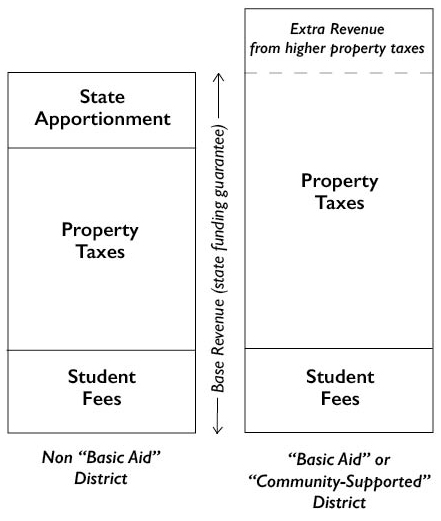We are happy to share some good news! Through the hard work and heartfelt testimonies of a number of union members, especially faculty parents, we have now settled a Memorandum of Understanding for Spring 2021. The MOU renews the leave opportunities previously guaranteed by the FFCRA: that is, faculty caring for children whose schools are closed may take up to 12 weeks of paid leave or have their load reduced without sacrificing their income. Under the MOU, faculty who took FFCRA in the Fall will be eligible to take leave again in the Spring. Part-time faculty also qualify.
Faculty who want to take a leave in Spring should contact Ingrid Melgoza (Melgozai@smccd.edu) at District HR as soon as possible. Please reach out to HR rather than contacting deans who may be away over the break or may not be aware of the new provisions.
We will be in touch soon with more information on other details of the Spring MOU. In the meantime, enjoy the holidays, and thank you again for your advocacy and organizing.
For any questions, please reach out to your chapter chairs or Marianne Kaletzky, AFT 1493 Executive Secretary.
Read information on paid family leave from Summer-Fall 2020 MOU
At the December 14 SMCCD Board of Trustees meeting six faculty parents spoke (and one other’s statement was read) on the need for SMCCD to extend Paid Family Leave to employees during the pandemic. Click on the the names below to jump to that speaker.
(Two additional faculty members spoke at the beginning of the video about part-time faculty pay parity–Annie Corbett, starts at 0:11, and Monica Malamud, starts at 3:51.)
– Michael Hoffman (starts at 8:12)
– Suzanne Poma (starts at 13:33)
– Liza Erpelo (starts at 16:37 )
– Soonyoung Hwang (starts at 19:25)
– Lezlee Ware (starts at 21:53 )
– Nadya Sigona – (starts at 25:48)

 “community-supported” when its share of local property taxes plus student fees exceeds the state funding guarantee as determined by state formula. Community-supported districts do not receive state apportionment funds based on enrollment (FTES), but instead they get to keep the higher revenues as local property tax values accumulate above the state apportionment.
“community-supported” when its share of local property taxes plus student fees exceeds the state funding guarantee as determined by state formula. Community-supported districts do not receive state apportionment funds based on enrollment (FTES), but instead they get to keep the higher revenues as local property tax values accumulate above the state apportionment.